Regenerative Hydrogen from the Past Centuries Theories
Advanced Renewable
Tue , 14 May 2024 12:14 WIB
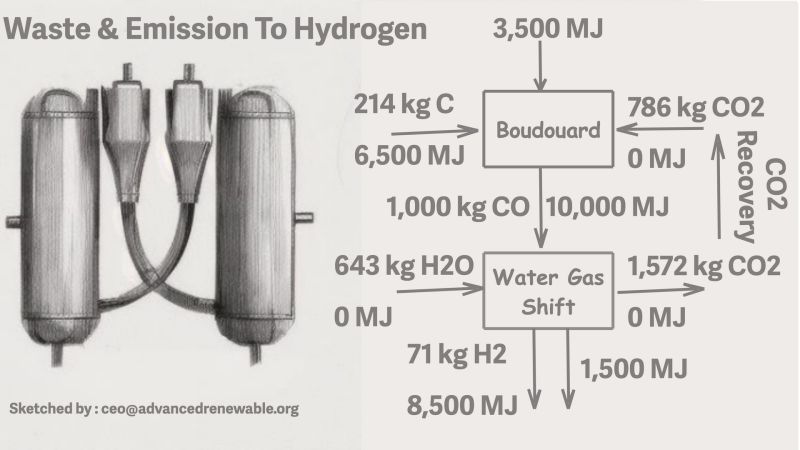
That new energy can be reborn from the waste of previous energy use, this is not a new theory. The theory has been developed by scientists several centuries ago. The two we explored were the first, the Boudouard reaction, a discovery by a 20th century French scientist, Octave Leopold Boudouard. And the second is the discovery of the 18th century Italian scientist Felice Fontana which is called Water Gas Shift (WGS).
What we are doing is then to integrate the two theories from these two scientists, into a clean energy solution, especially low cost and sustainable hydrogen production as in the illustration below. I have often shared the formulas for these two theories, this time I will share examples of calculations for the mass and energy balance.
With Boudouard's theory, if we react 214 kg of charcoal (for C element ) with 786 kg of CO2 emissions, the result is new energy, namely 1,000 kg of CO gas equivalent to an energy content of 10,000 MJ. In terms of mass, 1,000 kg MJ comes from C and CO2. But in terms of energy, 10,000 MJ comes from the energy carried by C (6,500 MJ) and the energy added in the form of heat (3,500), because the Boudourad reaction is endothermic - it needs heat.
Based on the law of conservation of energy or the 1st law of thermodynamics, energy cannot be created nor destroyed, it only changes form. In the Boudouard reaction, the energy stored in C and the added heat energy are converted into energy stored in the form of CO gas.
If we continue the reaction with the stored energy using Felice Fontana's theory called WGS above, the result will be hydrogen gas and CO2 emissions which are twice as much CO2 as the input in the first reaction. This additional CO2 comes from C which reacts with oxygen.
The second WGS reaction is exothermic, emitting heat, so that the 10,000 MJ carried by CO gas when it reacts with steam, is reduced by around 15% or 1,500 MJ in the form of exothermic energy produced by this WGS reaction, and the net result is pure hydrogen which carries as much energy as 8,500 MJ.
We can see from these two reactions, that C, which originally only carried 6,500 MJ, produces the final product in the form of H2 which carries 8,500 MJ. It does require additional heat energy in the first reaction, in the Boudouard reactor that we designed as in the sketch, the heat source comes from a small portion of waste that we sacrifice to become process heat.
Apart from H2, emissions coming out of WGS in the form of CO2 are also captured again, some of which can be directly input into the first reaction - this is where the concept of regenerative hydrogen comes from, while other parts can be stored in the form of adsorbate (CO2 attached to the adsorbent), to grow microalgae, or used for various other purposes in the context of CCU - Carbon Capture and Utilization.
Other Post
Bio-Methanol : Peluang Terbesarnya Ada Di Sini
May 14, 2024
Hydrogen and Water Carrier
May 14, 2024
First Step for Net-Zero Industry
May 14, 2024
Advanced Waste Palorization
May 14, 2024
Categories
Renewable Energy

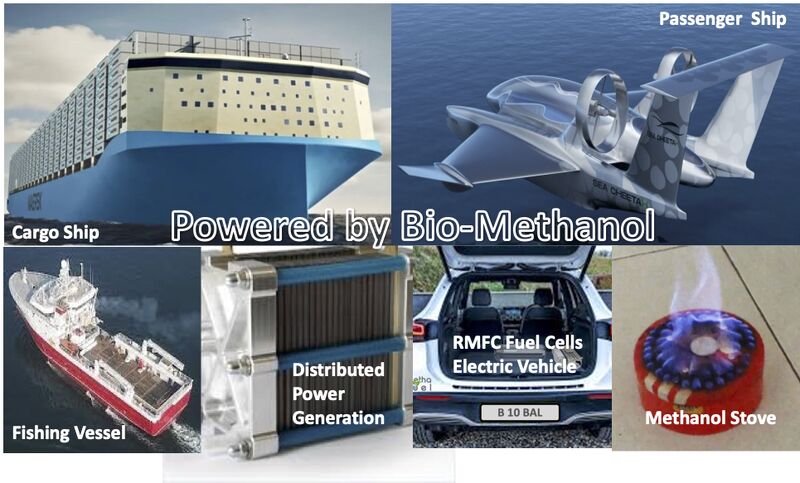
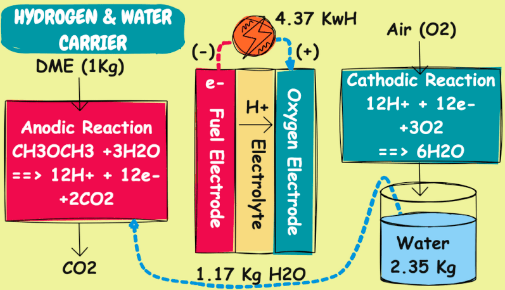

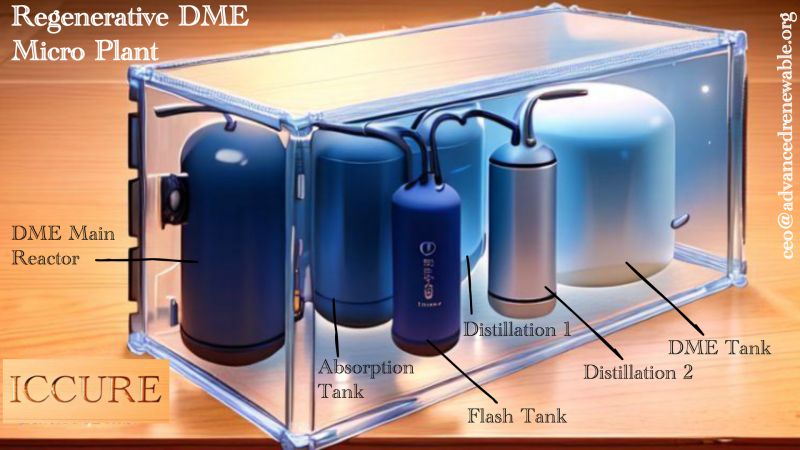
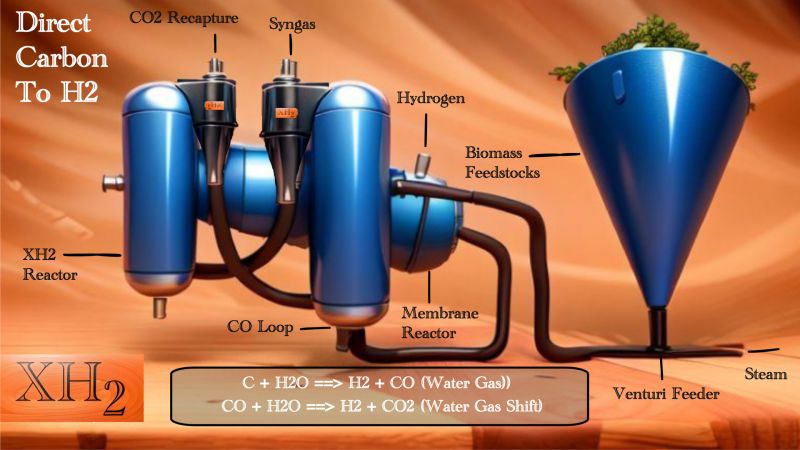
Please register first!
For post a new comment. You need to login first. Login
Comments
No comments